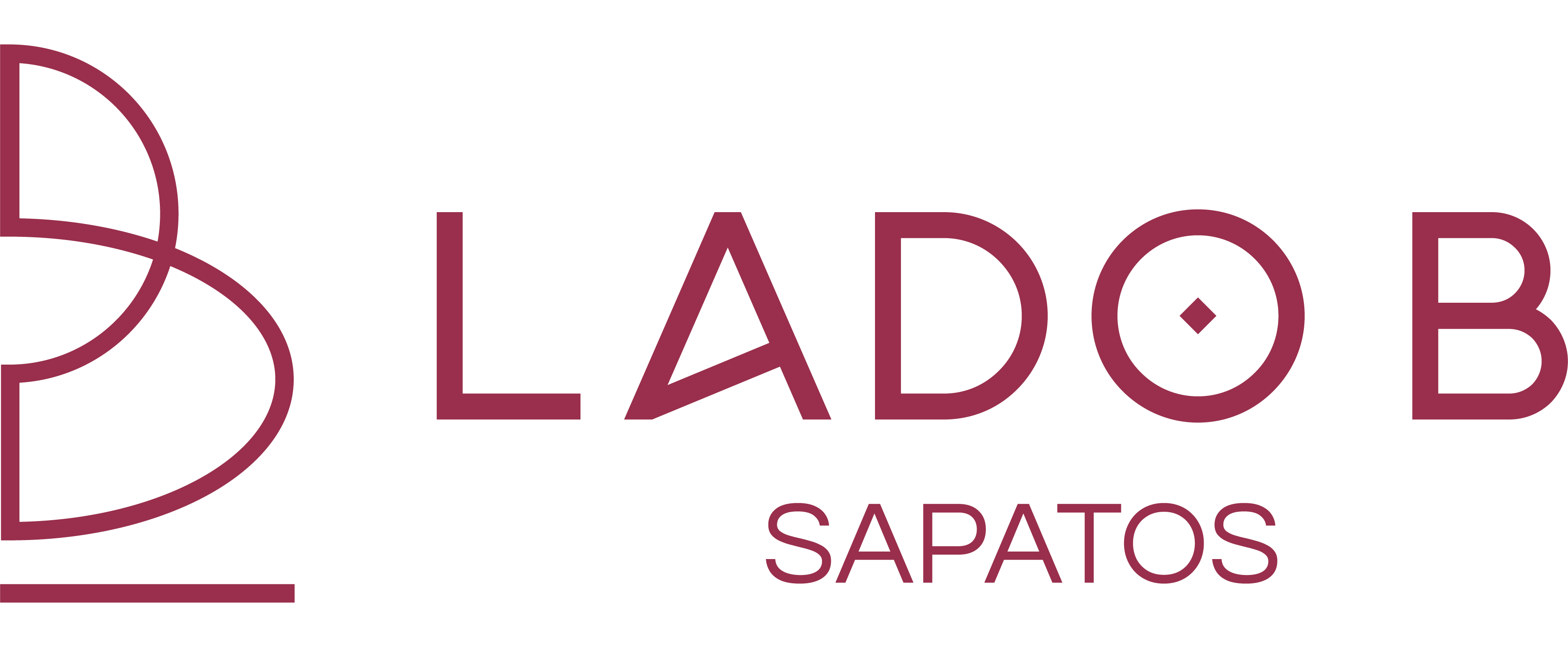Unlocking Player Psychology Through Symbolic Design #18
Building upon the foundational idea of How Hidden Symbols Enhance Game Engagement, it becomes evident that symbols are more than mere visual elements—they are powerful psychological tools. By understanding how symbols influence subconscious player responses, game designers can craft experiences that resonate deeply, fostering not only engagement but also emotional and psychological growth. This article explores the nuanced mechanisms behind symbolic design and how they shape player behavior on a subconscious level.
The Cognitive Impact of Symbols in Gaming
Symbols in games are often processed by players without conscious awareness. This subconscious interpretation is rooted in the human brain’s innate ability to recognize patterns and assign meaning based on prior experiences. For instance, a lion symbol may evoke feelings of courage or leadership due to cultural associations, influencing player choices or emotional reactions even if not explicitly stated.
Research in cognitive psychology indicates that the brain associates symbols with stored memories and cultural narratives, which can trigger emotional responses and motivate behaviors. For example, the peace symbol universally can induce calmness, affecting how players approach certain game environments or decisions.
Consider the use of the caduceus symbol in medical-themed games—it subconsciously signals healing and health, activating associated emotional responses that guide players towards certain actions, such as seeking out health resources or healing items.
Archetypes and Universal Symbols in Player Engagement
Utilizing archetypal imagery—such as the hero, the mentor, or the shadow—draws on universal psychological themes that resonate across cultures. These symbols evoke innate responses rooted in Carl Jung’s theory of archetypes, fostering a sense of familiarity and trust within the game universe.
For example, the wise old man archetype, often depicted as a sage or mentor figure, not only guides narrative progression but also subconsciously reassures players of guidance and wisdom, encouraging emotional investment.
A case study of successful archetypal symbolism is the use of the Phoenix in games like Dark Souls, which symbolizes rebirth and resilience, inspiring players to persevere through challenges and fostering a sense of shared psychological resilience.
Symbolic Design as a Narrative Tool
Symbols serve as embedded psychological cues that enhance storytelling without explicit narration. Visual elements like sigils, recurring motifs, and environmental symbols subtly communicate themes such as chaos, order, or hope, guiding players’ emotional journeys.
For instance, the recurring use of dark, jagged shapes in a game environment may subconsciously evoke danger or chaos, influencing player decision-making without overt instruction. Conversely, symbols of light and circle shapes can evoke safety and harmony, shaping a player’s emotional experience.
This differentiation between overt storytelling and subconscious symbolism allows designers to craft layered narratives that resonate on multiple levels, deepening engagement through psychological immersion.
The Role of Color and Shape in Psychological Influence
| Color | Psychological Effect |
|---|---|
| Red | Stimulates energy, passion, urgency |
| Blue | Conveys calm, trust, stability |
| Green | Represents growth, safety, harmony |
| Black | Evokes mystery, power, sophistication |
Similarly, geometric shapes carry subconscious associations: circles suggest unity and wholeness, squares imply stability and order, while triangles can evoke tension or dynamic movement. Integrating these elements into game environments can reinforce themes and influence player perceptions.
Personalization and Player Identity Through Symbols
Allowing players to project personal meaning onto symbols enhances emotional investment. Customizable symbolic elements—such as emblems, sigils, or avatars—enable players to embed their identity within the game narrative, fostering loyalty and immersion.
For example, in The Elder Scrolls series, players can design their own symbols and banners, which then become part of their in-game identity. This personalization process taps into the psychological need for self-expression and control, deepening engagement.
Research indicates that personalized symbols not only increase emotional attachment but also promote long-term commitment to the game, as players feel a sense of ownership and connection to their created symbols.
Ethical Considerations in Using Symbols to Influence Psychology
While harnessing symbols’ power can greatly enhance player engagement, it raises ethical questions about manipulation versus meaningful influence. Responsible design practices should prioritize transparency and respect for player autonomy.
Designers should aim for symbols that foster positive psychological states without exploiting vulnerabilities. For instance, using symbols to promote resilience or collaboration aligns with ethical standards, whereas manipulating fears or insecurities crosses ethical boundaries.
Transparency about symbolic intentions, along with providing players the choice to interpret or ignore symbols, helps maintain trust and promotes a healthy gaming environment.
From Hidden Symbols to Player Self-Discovery
Symbolic design can serve as a mirror for introspection. When players interpret symbols embedded within a game, they often uncover personal insights, fostering growth and self-awareness. This process transforms gameplay into a meaningful psychological experience.
Encouraging players to explore and reflect on symbols—such as through puzzles or lore discovery—can lead to long-term engagement rooted in personal relevance. For example, uncovering a recurring motif of rebirth may inspire players to reflect on their own resilience outside the game.
“Symbols in games are not just decorative—they are gateways to understanding ourselves better.”
Bridging Back to Engagement: The Power of Symbolic Psychology in Game Design
In conclusion, a thorough understanding of player psychology enables game designers to craft symbolic elements that foster deeper engagement. The subtlety and depth of these symbols—when thoughtfully integrated—create immersive worlds that resonate on subconscious levels.
By leveraging psychological insights, designers can guide emotional responses, build trust, and encourage personal discovery, ultimately transforming gameplay into a meaningful experience. As research shows, the most compelling games are those that recognize and utilize the profound power of symbols to connect with players beyond mere entertainment.
For further insights on how visual and symbolic cues shape engagement, revisit the foundational concepts in How Hidden Symbols Enhance Game Engagement.


